Analysts: Space SPACs can be a steal or a shot in the dark
Monday, 23 August 2021 23:50
The SPAC trend in the space industry does not appear to be letting up, says a new report by Avascent and Jefferies, but analysts caution that these deals, while attractive for space companies, can be risky for investors.
ispace unveils new larger lunar lander
Monday, 23 August 2021 22:15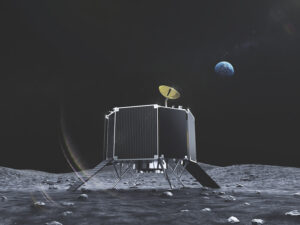
The Tokyo-based ispace unveiled the design of the lander at the 36th Space Symposium Aug. 23. The lander, being developed by the company’s U.S. office in Denver, will fly as soon as 2024 on the company’s third mission to the moon.
Thinking outside the box: Aerospace Corp.’s thin DiskSats
Monday, 23 August 2021 20:12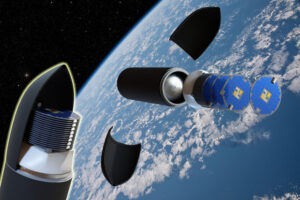
The Aerospace Corp., an early adopter of the cubesat standard, is proposing a new shape for small satellites: a thin, round plate.
Collins Aerospace to provide life support for privately run LEO outpost
Monday, 23 August 2021 20:02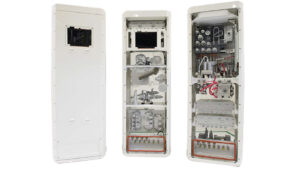
Collins Aerospace said Aug. 23 it had been awarded a $2.6 million contract by an undisclosed customer to provide life support systems for a planned “privately owned and operated low Earth orbit outpost.
Global space economy swells in spite of the pandemic
Monday, 23 August 2021 19:29
The overall space economy expanded 4.4 percent to $447 billion in 2020 with more nations participating than ever before, according to the Space Foundation’s updated Space Report.
Astronaut's undisclosed minor medical issue delays spacewalk
Monday, 23 August 2021 18:55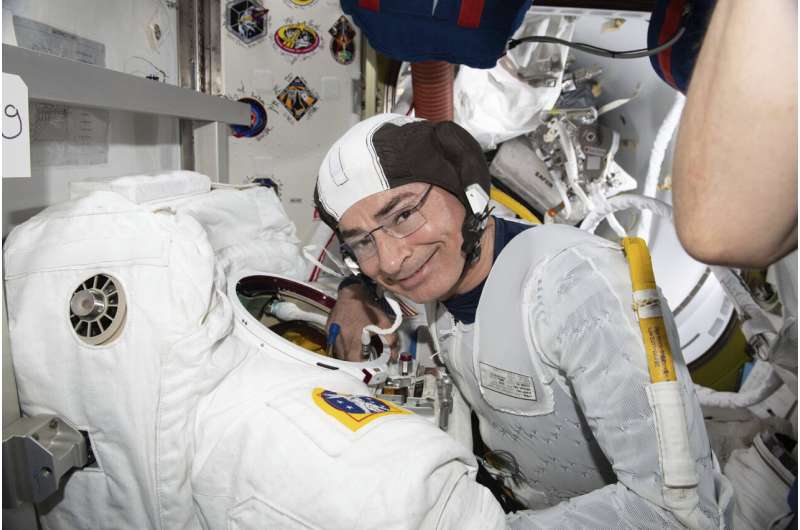
NASA is delaying a spacewalk at the International Space Station this week because of an undisclosed medical issue involving one of its astronauts.
Lamborn: The fight to keep U.S. Space Command in Colorado is not over
Monday, 23 August 2021 16:23
Rep. Doug Lamborn, a Republican who represents Colorado Springs, told SpaceNews he expects the fight to continue into next year pending ongoing reviews by the Defense Department’s inspector general and the Government Accountability Office.
ESA astronaut joins glacier expedition in Alps
Monday, 23 August 2021 12:30
From space, the synchronous retreat of the world’s glaciers can be clearly observed. To get a first-hand view of these changes, ESA astronaut Luca Parmitano, along with Susanne Mecklenburg, Head of ESA’s Climate Office, have joined a science expedition taking place at one of the biggest ice masses in the Alps: the Gorner Glacier.
We're launching Australia's first scratch-built satellite, and it's a giant leap toward the moon
Monday, 23 August 2021 11:50
On August 28, a SpaceX rocket will blast off from Cape Canaveral in Florida, carrying supplies bound for the International Space Station. But also on board will be a small satellite that represents a giant leap into space for our research program here in Western Australia.
Our satellite, called Binar-1 after the Noongar word for "fireball," was designed and built from scratch by our team at Curtin University's Space Science and Technology Center.
We chose this name for two reasons: to acknowledge the Wadjuk people of the Noongar Nation, and to recognize the relationship between our satellite program and Curtin's Desert Fireball Network, which has successfully searched for meteorites in the Australian desert.
Binar-1 is a CubeSat—a type of small satellite made from 10-centimeter cube-shaped modules. Binar-1 consists of just one such module, meaning it's technically a 1U CubeSat.
Its main objective is to prove the technology works in space, thereby taking a first step towards future missions in which we hope ultimately to send CubeSats to the moon.
Virgin Orbit to go public in SPAC merger
Monday, 23 August 2021 11:07
Small launch vehicle developer Virgin Orbit will go public through a merger with a special-purpose acquisition company (SPAC) in a deal that includes an investment by Boeing, the company announced Aug. 23.
Millennium Space in an experiment de-orbited a satellite in eight months
Monday, 23 August 2021 11:00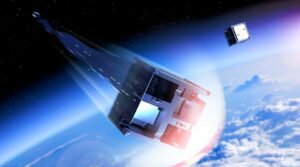
Millennium Space Systems announced Aug. 23 it successfully demonstrated the use of a deployable tether to de-orbit a satellite after it completes its mission.
Astronaut applicants asked for patience as numbers exceed forecasts
Monday, 23 August 2021 09:49
Astronaut hopefuls are being asked for their patience as ESA processes over 23 000 applications to its Astronaut and Astronaut (with a disability) vacancies. This number far exceeds the Agency’s most optimistic forecasts.
On National Security | In the new space era, a changing role for the U.S. government
Monday, 23 August 2021 09:08
The pace of technological innovation in the space business has long been dictated by government-funded programs of record. But as the private sector increasingly drives innovation, government buyers are trying to figure out their role in the new space era.
Nelson: Blue Origin lawsuit adds further delays to Artemis
Monday, 23 August 2021 09:00
NASA Administrator Bill Nelson talks Artemis, HLS, budget prospects and more in an exclusive interview with SpaceNews.

